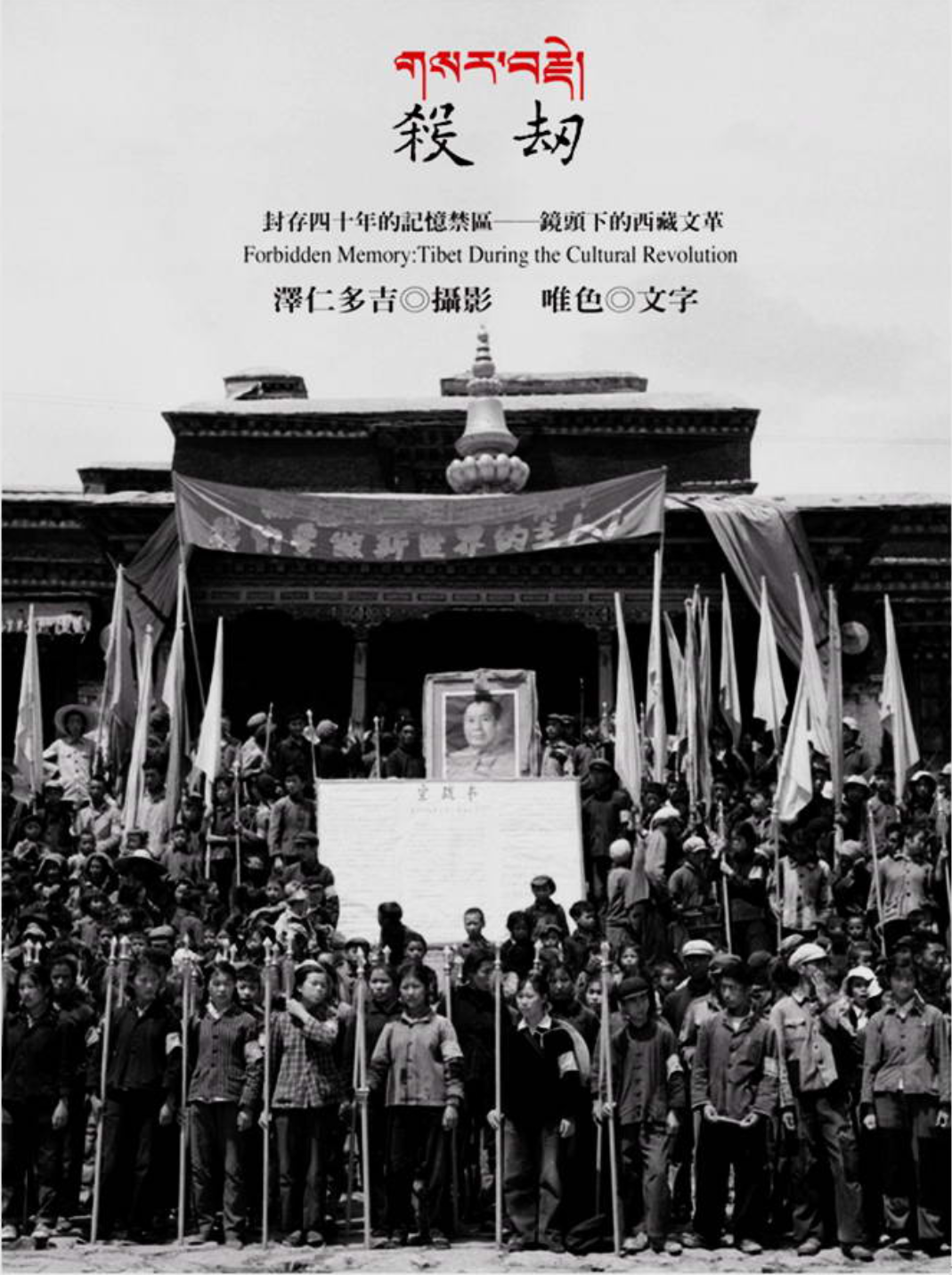Tsering Dorje (1937 - December 25, 1991)’s father was a Han Chinese who was a former Kuomintang officer, and later joined CCP’s Red Army; Dorje’s mother was a local Kham Tibetan in Derge, Sichuan Province. When a division of People's Liberation Army passed through Derge in 1950, the then 13-year-old Dorje was sent by his father to enlist in the army, and went to Tibet to serve as an interpreter, and joined the Chinese Communist Party in 1957. While working in the Tibetan Military District, Dorje took part in the quelling of the Tibetan uprising in 1959, the Sino-Indian War in 1962, as well as the establishment of the Tibet People’s Broadcasting Station where he operated the program " Broadcast for Tibetan Compatriots Outside of China."
During the Cultural Revolution, Dorje was kicked out of Lhasa because of factional fighting in the army, and was transferred to Garzê Tibetan Autonomous Prefecture in Sichuan Province, during which he headed a local People's Armed Forces unit, part of the militia system in Mao’s China, as well as serving as chief of staff of a local military sub-district. In June 1990, he was appointed as deputy commander of the Lhasa Military Sub-District and returned to Lhasa. On December 25, 1991 Dorje died of illness.
Dorje was an amateur photographer who took a large number of photographs during the Cultural Revolution in Tibet. In 2006, his daughter, Tsering Woeser, compiled nearly three hundred photographs, mainly taken between 1966 and 1970, into a book titled *Forbidden memory: Tibet during the Cultural Revolution*, which was published in Taiwan and later by Potomac Books in the United States.
During the Cultural Revolution, Dorje was kicked out of Lhasa because of factional fighting in the army, and was transferred to Garzê Tibetan Autonomous Prefecture in Sichuan Province, during which he headed a local People's Armed Forces unit, part of the militia system in Mao’s China, as well as serving as chief of staff of a local military sub-district. In June 1990, he was appointed as deputy commander of the Lhasa Military Sub-District and returned to Lhasa. On December 25, 1991 Dorje died of illness.
Dorje was an amateur photographer who took a large number of photographs during the Cultural Revolution in Tibet. In 2006, his daughter, Tsering Woeser, compiled nearly three hundred photographs, mainly taken between 1966 and 1970, into a book titled *Forbidden memory: Tibet during the Cultural Revolution*, which was published in Taiwan and later by Potomac Books in the United States.
